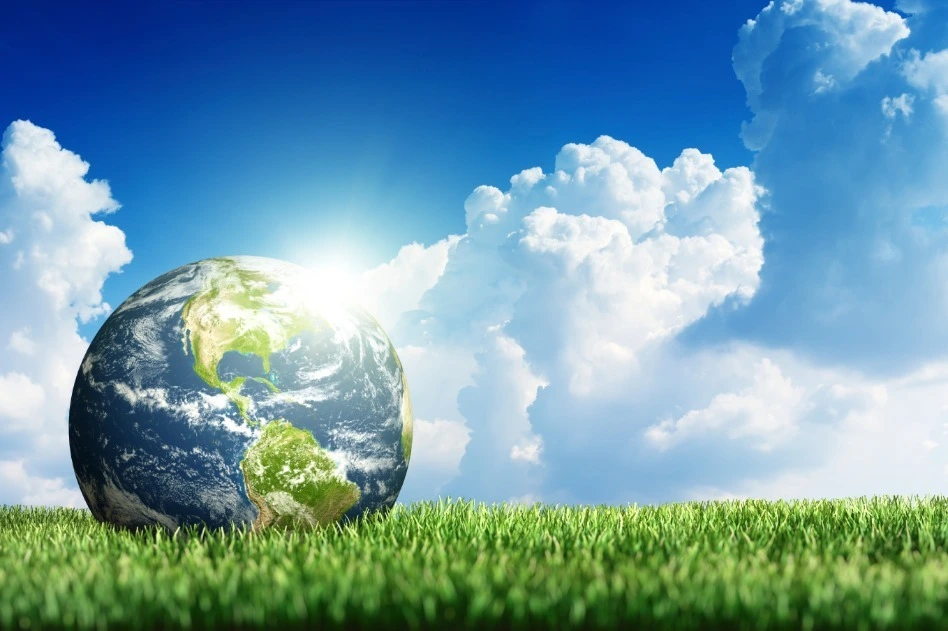
The Lawn Techs Blog
Information, reminders, tips, and more about lawn care, plant health care, and outdoor pest control.

Information, reminders, tips, and more about lawn care, plant health care, and outdoor pest control.

Climate is controlled at ground level by turf grasses as they cool temperatures appreciably, thus working as exterior "air conditioners."
Dust and smoke particles from the atmosphere are trapped by turf which helps keep the air cleaner.
Noise is absorbed by grass areas which cut down on excessive sound, a growing problem in urban areas.
For example, grassed slopes beside lowered expressways reduce noise by 8-10 decibels.
Pollutants, such as carbon dioxide and sulfur dioxide, are absorbed by turfgrasses thereby rendering the air fit to breathe.
Turfgrass thatch acts as a barrier to deterring chemicals from entering the soil profile.
Oxygen generation by turfgrasses has a major impact on making our environment habitable. A 50'x 50' lawn produces enough oxygen for a family of four.
Erosion of soil by water is effectively controlled by grasses as they intercept raindrops before they disturb the soil and they also slow the flow of water which minimizes soil loss.
Groundwater is enhanced in two ways by a dense turf. Turfgrasses increase infiltration of water and clean the water as it passes which in turn recharges the underground water supplies used by all of us.
Run-off of water and pollutants is greatly reduced by a highly maintained lawn. Dense turfgrass cleans the water helping to maintain a high-quality ...
SORRY WE DO NOT PROVIDE:
Mosquito Control, Lawn Mowing, Clean-Up, or Landscaping
